Top 17 Expert Hacks to Burn Fat and Transform Your Body by 30 Minutes of Walking

The benefits of walking might seem too simple to be effective, but after over a decade as a personal trainer, I can confidently say that walking is one of the most underrated tools for weight loss and overall health. In a fitness world obsessed with high-intensity workouts and grueling strength routines, walking often gets dismissed as too easy. Yet research proves that walking is incredibly powerful for sustainable weight loss, especially when made part of a consistent routine. It's free, accessible to nearly everyone, gentle on the body, and incredibly effective at burning fat, improving metabolic health, and relieving stress.
Research Has Found a Link Between Walking and Obesity
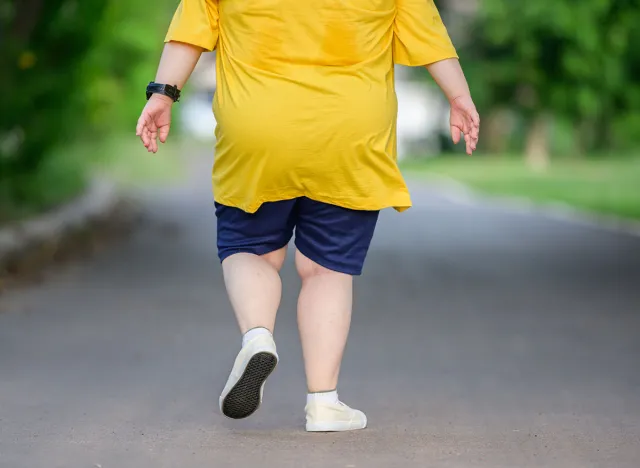
A study found that both treadmill walking and brisk walking effectively reduce central obesity in men and women who are overweight or dealing with obesity. Women may burn more calories per step, men may have a higher overall energy expenditure (calories burned) due to greater body mass.
It Has Also Been Linked to Long-Term Weight Maintenance

Moreover, walking is not only effective for initial weight loss but also plays a crucial role in long-term weight maintenance. Research indicates that individuals who engage in regular walking are more likely to sustain their weight loss over time, reinforcing the importance of incorporating walking into daily routines.
You Also Have to Manage Diet, Sleep, and Water Intake

To really get weight loss benefit; your diet, sleep and water intake and overall stress (luckily walking can help with stress) need to be in check. Also, the intensity of walking can also influence weight loss outcomes. Studies have shown that brisk walking can lead to greater caloric burn compared to leisurely walking. Research emphasizes the importance of combining walking intensity with duration to optimize weight loss results.
Here Is How Walking Contributes to Weight Loss

Let's break down how walking contributes to sustainable weight loss. Walking plays a vital role in sustainable weight loss by promoting fat burning, increasing caloric expenditure, and boosting daily activity levels. Let's break down how walking supports these outcomes:
Low-Intensity, Steady-State Fat Burning

How It Works: Walking is classified as a low-intensity exercise that primarily relies on fat as its fuel source. During low-intensity exercises, the body uses a higher percentage of fat compared to carbohydrates for energy. This makes walking particularly effective for those looking to shed fat.
Research Insight: Researchers have found that low-intensity walking can stimulate fat oxidation, making it an effective exercise for individuals looking to lose weight. The research also indicates that even at lower intensities, walking can significantly contribute to fat loss.
Burning Calories and Creating a Caloric Deficit

How It Works: Weight loss ultimately boils down to burning more calories than you consume, and walking plays a key role in creating this calorie deficit. Although walking burns fewer calories per minute than high-intensity exercises, it's easy to sustain for longer periods, increasing total caloric burn.
Research Insight: Researchers have found that regular walking helps burn excess calories, leading to weight loss in individuals with obesity. The increase in metabolic rate during walking contributes to the overall caloric deficit necessary for weight loss.
Increased Non-Exercise Activity Thermogenesis (NEAT)

How It Works: Walking is a prime example of NEAT, or Non-Exercise Activity Thermogenesis, which includes all the calories burned outside of formal exercise sessions. NEAT can significantly contribute to daily caloric expenditure and weight loss when accumulated over time.
Evidence: According to researchers, non-exercise activity thermogenesis (NEAT) includes activities such as walking, standing, and fidgeting, which can account for a significant portion of daily caloric expenditure. (8)
Why Walking is Sustainable for Long-Term Weight Loss

One of the greatest challenges in weight loss is maintaining the progress you make. High-intensity workouts can lead to rapid results, but they are often hard to sustain over the long term due to physical strain, time commitments, and the potential for burnout. Walking, on the other hand, offers a few sustainable alternatives:
Low Impact, Minimal Risk of Injury
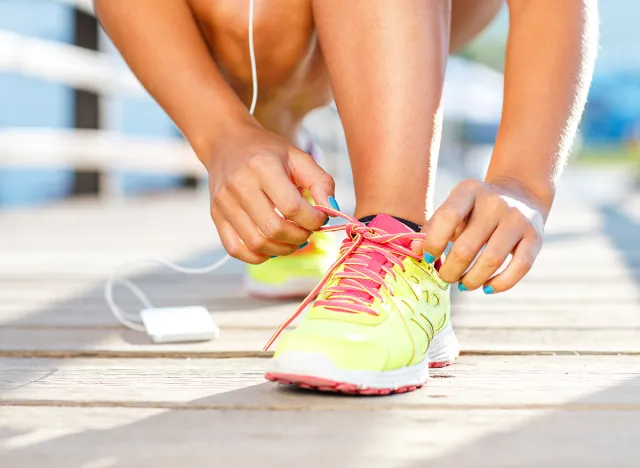
Why It Matters: Walking is gentle on the joints and muscles, making it an ideal activity for people of all fitness levels and ages. Unlike high-intensity workouts, which can lead to injuries or fatigue, walking allows for consistent daily movement without overstressing the body.
Consistency Over Intensity

Why It Matters: The key to weight loss and maintenance is consistency. Walking is an activity that can be easily incorporated into daily life, whether it's through structured walks, commuting on foot, or taking short walking breaks throughout the day. It's an easy habit to build and maintain.
Mental Health Benefits and Stress Reduction

Why It Matters: Stress is a known contributor to weight gain, often leading to emotional eating and poor lifestyle choices. Walking helps reduce stress by triggering the release of endorphins—natural chemicals in the brain that promote a sense of well-being and relaxation.
How to Maximize Weight Loss Through Walking
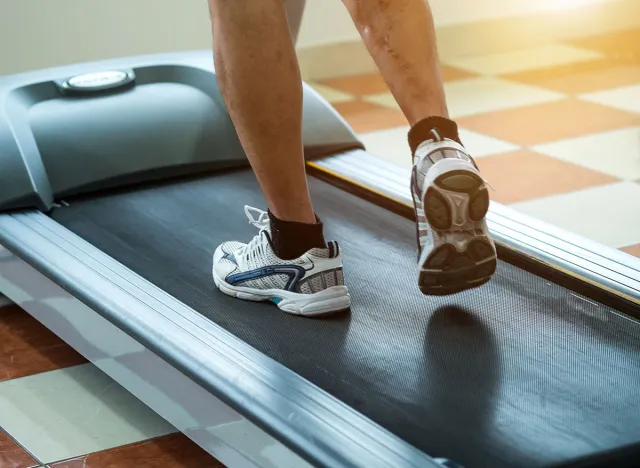
While walking is effective on its own, there are strategies you can implement to maximize its weight loss potential. Here's how to make walking an even more powerful tool for sustainable fat loss:
Incorporate Interval Walking
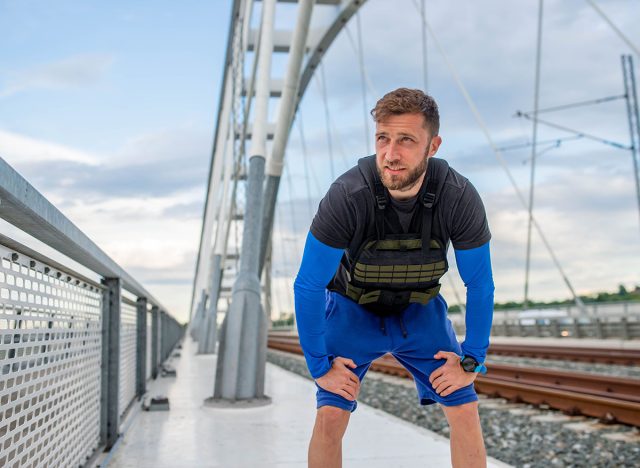
What It Is: Interval walking involves alternating between periods of brisk walking and slower, more relaxed walking. This form of training increases calorie burn and improves cardiovascular fitness.
How It Works: Start by walking briskly for 3 minutes, followed by a 2-minute recovery walk. Repeat this cycle for 30-40 minutes. Interval walking elevates heart rate and boosts metabolism without the intensity of sprinting.
Walk on an Incline

What It Is: Walking uphill or on an inclined treadmill increases resistance, which engages more muscles and burns more calories than walking on flat terrain.
How It Works: If walking outdoors, find a hilly route. If indoors, adjust the incline on the treadmill to 5-10%.
RELATED: 12-3-30 Walking Method: 20 Proven Tips to Lose Weight Faster
Add Strength-Building Exercises

What It Is: Combine walking with bodyweight exercises like lunges, body weight squats, or push-ups during your walk to engage more muscles and enhance fat loss.
How It Works: Every 5-10 minutes of walking, stop and perform 10-15 repetitions walking lunges. This can further increase caloric expenditure.
Aim for 7,000 to 10,000 Steps Per Day
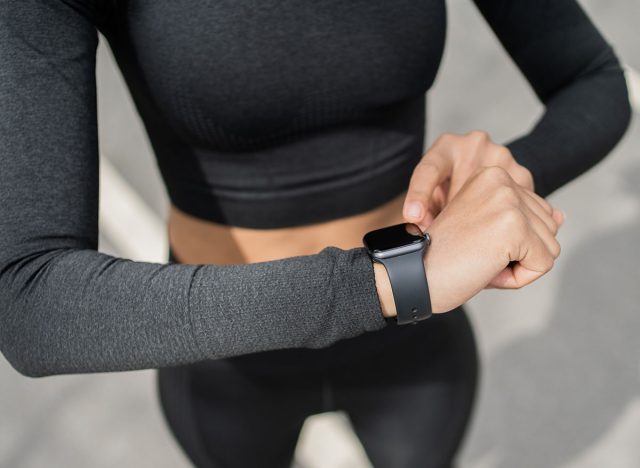
What It Is: The goal of walking 7,000-10,000 steps per day has long been recommended by health experts as a benchmark for staying active and supporting weight loss.
How It Works: Use a fitness tracker, pedometer, or phone app to monitor your steps. Breaking up your walking into smaller sessions—such as a 10-minute walk after each meal—can help you hit this goal without dedicating a large block of time.
RELATED: I Lost 100 Pounds in a Year and I Didn't Give up a Single Thing That I Like
Conclusion: Walking Is Effective for Weight Loss

Walking is an incredibly effective and sustainable tool for weight loss. It burns calories, increases fat metabolism, and is easy to maintain long-term due to its low impact and accessibility. When paired with smart strategies like interval training, walking on inclines, and incorporating strength exercises, it becomes even more powerful. The key to walking for weight loss is consistency. By making walking a part of your daily routine, you can achieve not only short-term weight loss but also long-term health benefits. Before you jump into more or more intense movement than you are used to, please consult with your doctor, trainer, physical therapist, and any other applicable health providers to make sure you are in a good place to do so. And if you enjoyed this article, take advantage of these 15 Quick Ways to Lose Body Fat Percentage in a Week.




